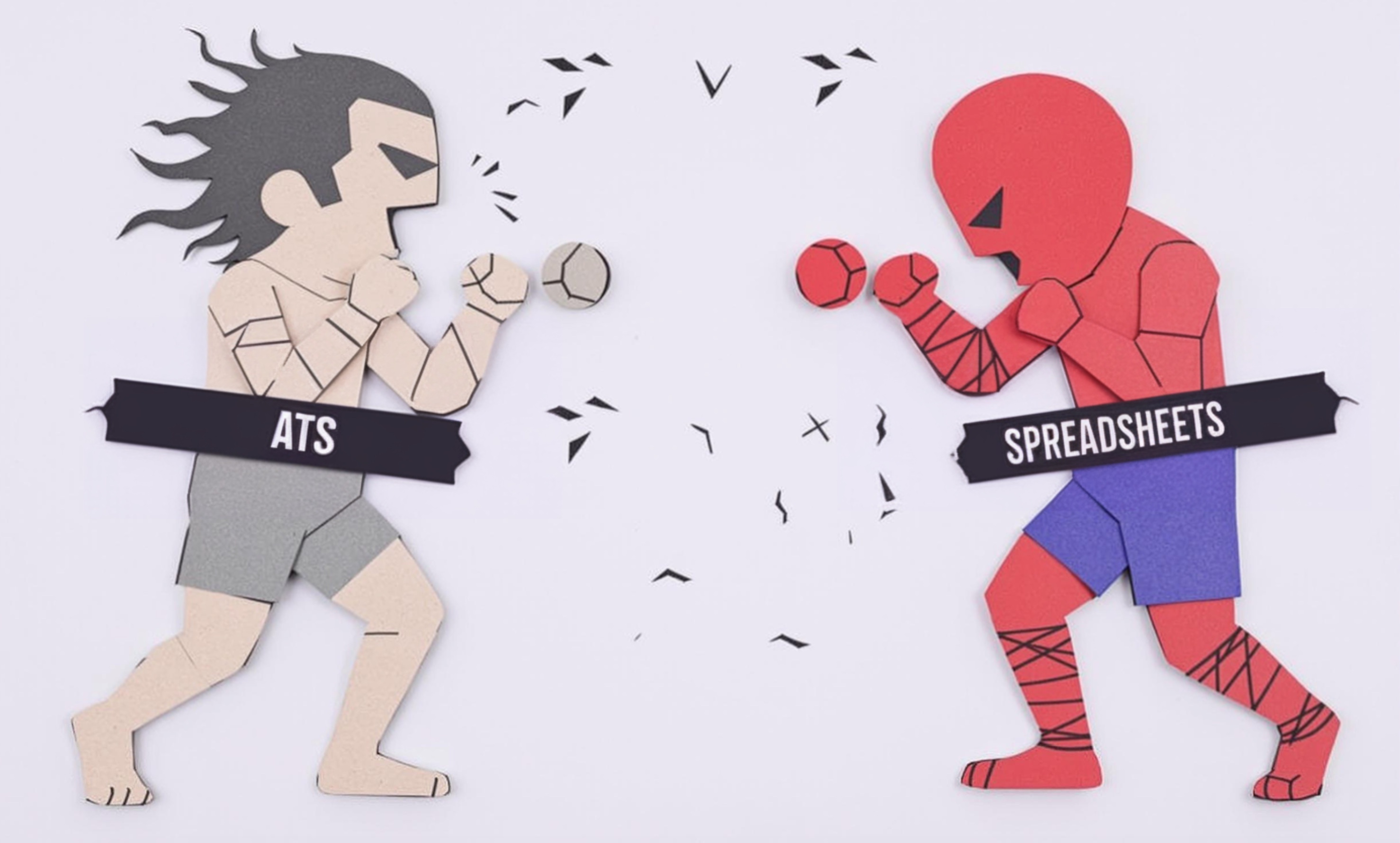
Measurement Sheet
A Measurement Sheet is a detailed document used by costume designers and fashion professionals to record a person's body measurements accurately. Think of it as a standardized form that lists all important body measurements needed to create well-fitting garments. It's like a blueprint of someone's body dimensions that helps ensure costumes and clothing fit perfectly. Costume designers use these sheets to communicate sizes with their teams, manufacturers, or wardrobe departments. You might also hear it called a "Size Chart," "Body Measurement Form," or "Fitting Sheet."
Examples in Resumes
Created and maintained Measurement Sheets for entire cast of 50+ performers
Developed digital Measurement Sheet system to improve accuracy in costume production
Managed costume fittings and Measurement Sheets for Broadway-style productions
Typical job title: "Costume Designers"
Also try searching for:
Where to Find Costume Designers
Professional Organizations
Online Communities
Job Resources
Example Interview Questions
Senior Level Questions
Q: How do you manage measurement sheets for large productions with multiple costume changes?
Expected Answer: A strong answer should discuss organization systems, digital tools, and how to coordinate with multiple departments while maintaining accuracy. They should mention experience with large casts and tracking changes over time.
Q: What's your process for handling measurement discrepancies between different costumers?
Expected Answer: Should explain standardization methods, quality control processes, and communication protocols to ensure consistency across the team. Should mention experience training others in proper measurement techniques.
Mid Level Questions
Q: What information do you include on a measurement sheet beyond basic measurements?
Expected Answer: Should mention noting special requirements, fitting notes, fabric allowances, and any specific actor/performer needs. Should demonstrate understanding of how measurements translate to finished garments.
Q: How do you handle measurement updates during long running productions?
Expected Answer: Should discuss tracking systems, regular check-ins with performers, and procedures for updating measurements when changes occur. Should mention documentation methods.
Junior Level Questions
Q: What are the essential measurements you need to take for a basic costume?
Expected Answer: Should list fundamental measurements like chest, waist, hips, inseam, and shoulder width. Should demonstrate understanding of how to take measurements accurately.
Q: How do you ensure accuracy when taking measurements?
Expected Answer: Should describe proper measuring technique, tool usage, and the importance of consistency. Should mention double-checking measurements and common mistakes to avoid.
Experience Level Indicators
Junior (0-2 years)
- Basic body measurements
- Understanding of measurement tools
- Simple record keeping
- Basic fitting assistance
Mid (2-5 years)
- Complex measurements for various costume types
- Digital measurement tracking
- Pattern adjustment based on measurements
- Team coordination
Senior (5+ years)
- Management of large production measurements
- Training and supervision of measurement teams
- Complex fitting problem solving
- Digital system implementation
Red Flags to Watch For
- Unable to demonstrate proper measuring technique
- Poor attention to detail in measurement records
- Lack of experience with different body types
- No knowledge of standard measurement points on the body
Related Terms
Need more hiring wisdom? Check these out...

Unlocking the Competitive Edge: Benchmarking Your Talent Acquisition Metrics

Automated Scorecards in ATS Systems: Your Secret Weapon for Smarter Hiring Decisions

Why Your Hiring Spreadsheets Are Secretly Sabotaging Your Recruitment

